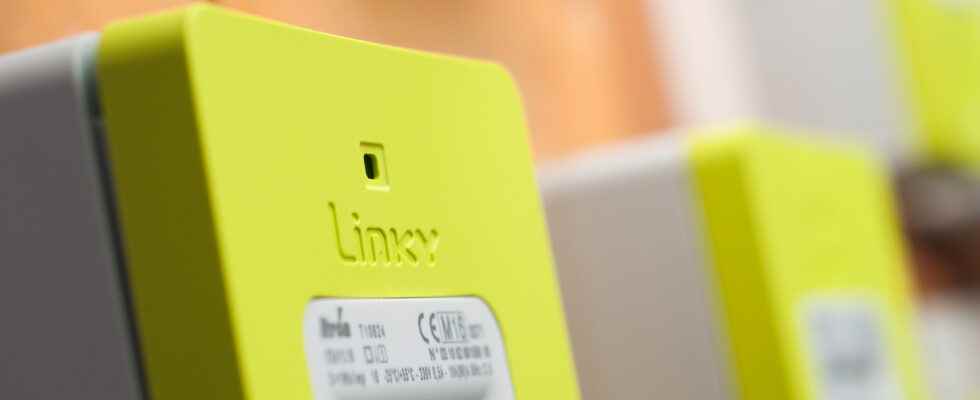From January 1, 2023, Enedis will invoice the cost of meter reading for its customers who have not accepted the Linky meter.
It will be possible to dodge this additional cost by carrying out the relief yourself, but for a time only!
Enedis wants to encourage everyone to equip themselves with the meter
It’s done! From January 1, 2023, Enedis is implementing a new policy relating to the controversial Linky meter. Customers who have not accepted the installation of this electricity meter, deployed in France since 2015, will have to pay a flat rate of €8.30 excluding tax every two months.
It is thus an additional sum of €49.80 excluding VAT (ie nearly 60 euros including VAT) that will have to be paid each year in order, according to the electricity network manager, to finance the meter reading service. An indemnity to be paid, regardless of their energy supplier “explains the site service-public.fr, and surely intended to push a few more people to adopt it.
To escape this tithe, there remains for the moment the solution of self-relief. By carrying out the maneuver themselves and sending the meter figures directly to Enedis, the consumer can avoid paying.
On January 1, 2025, everyone pays!
But this is still only a short-term solution. Indeed, Enedis will invoice from 1er January 2025 the service to all those who have refused Linky, self-survey or not.
For Enedis, it would be a question of social justice. Sending agents to perform the task and process the data would have a cost. Gold, ” it does not seem fair to us to make this cost bear on all consumers. We just ask for the real cost of these interventions which therefore only concern people who are not equipped with a Linky meter on the day of our statement. explains the group.
Not sure that the refractory are convinced by this argument, while Linky is considered by some to be too intrusive. At present, 34 million households are equipped with the latter, which represents approximately 90% of the French population.
Source : Actu.fr, Public service

12